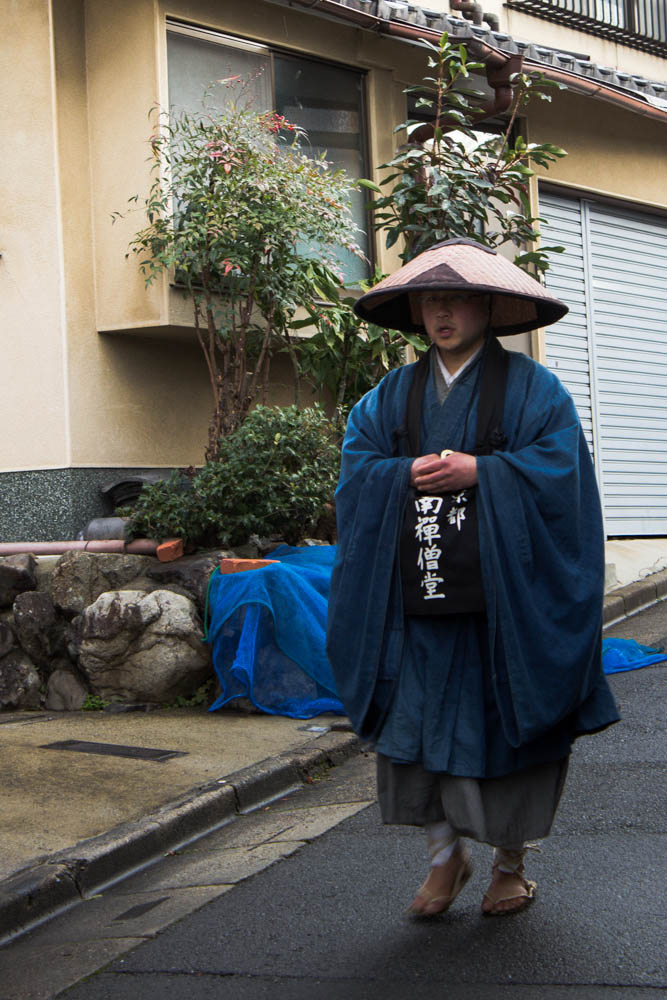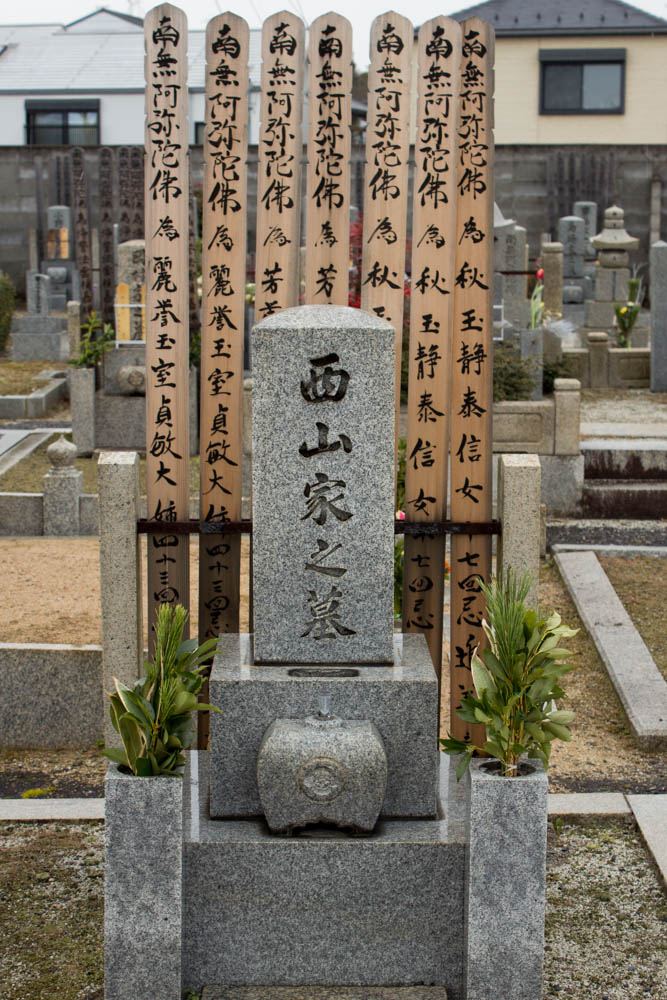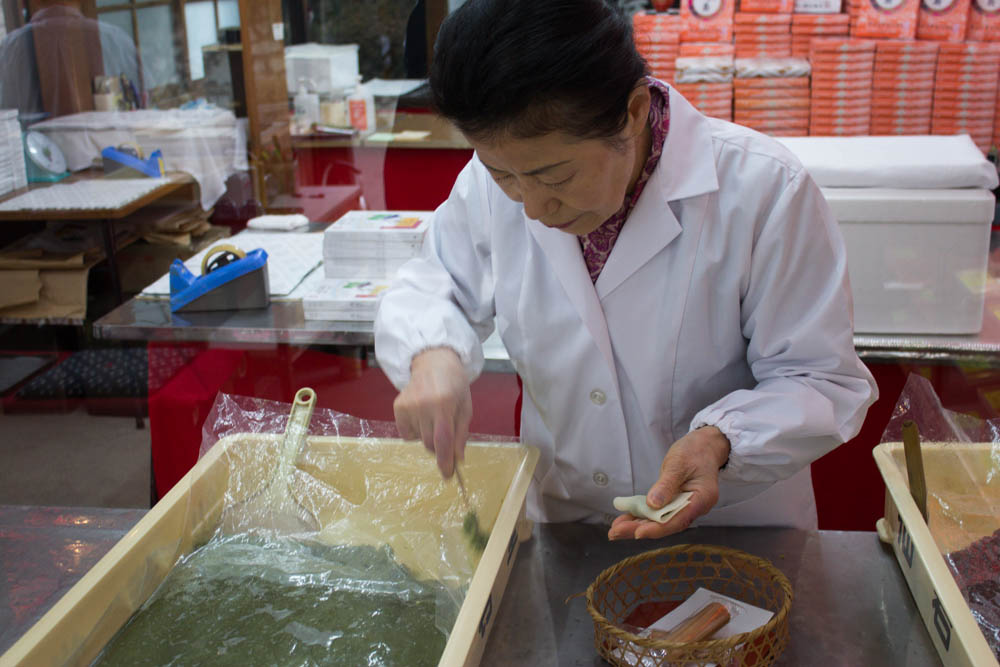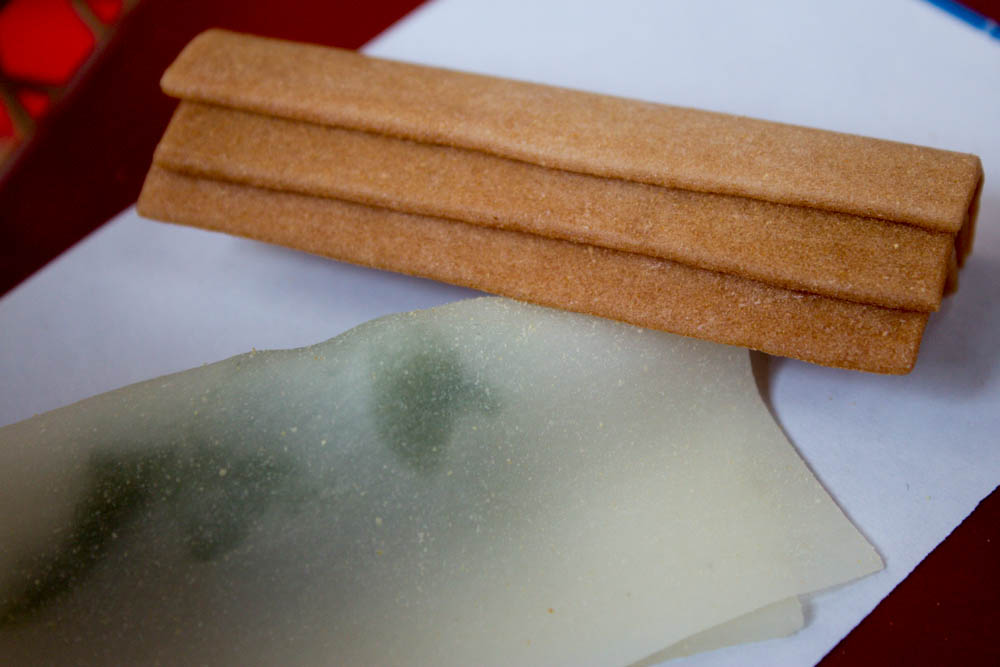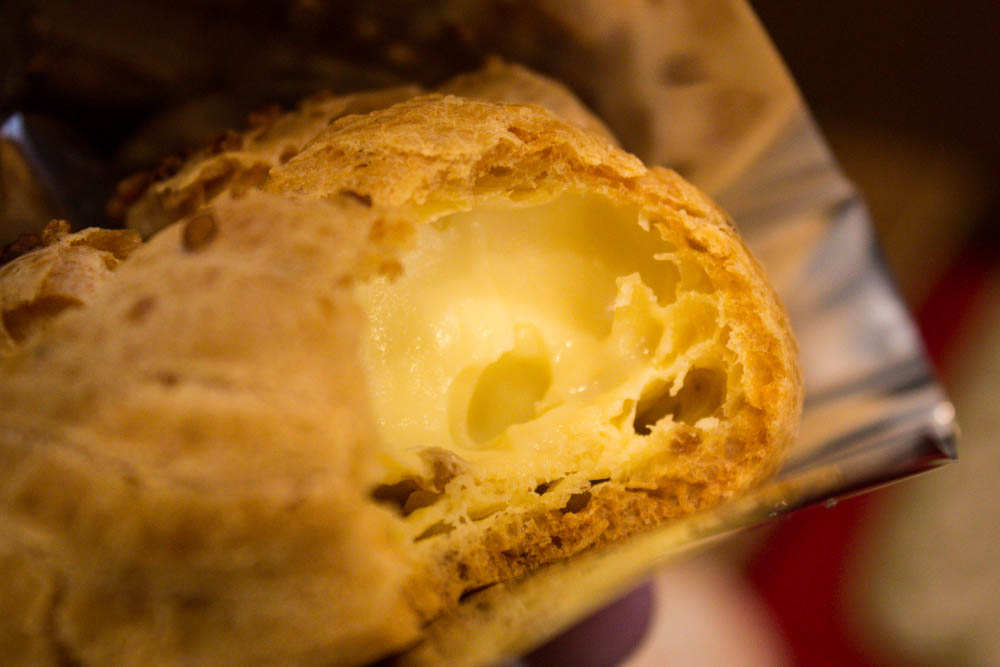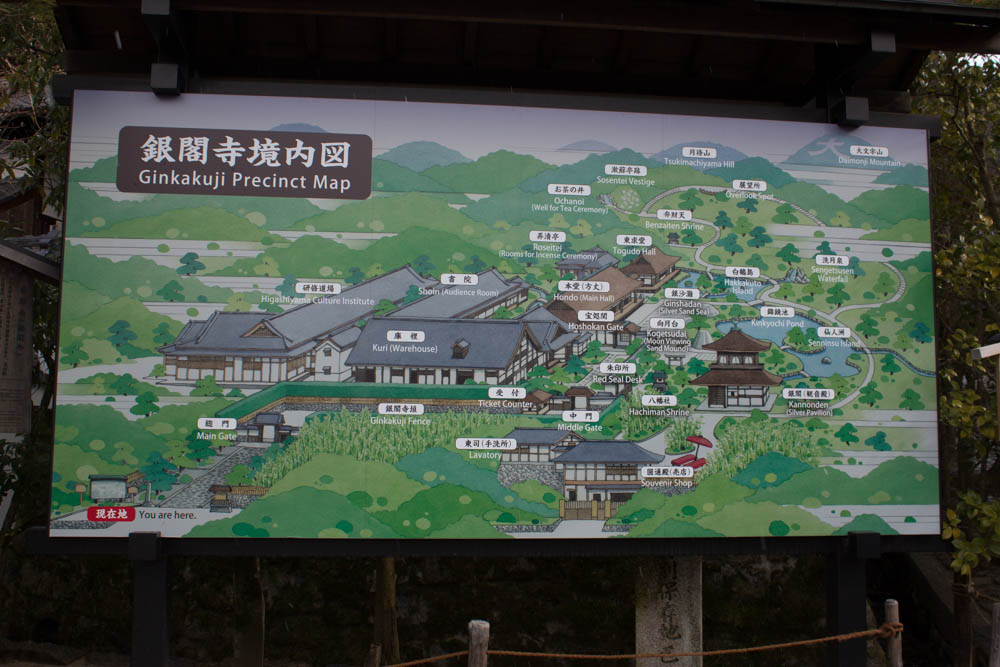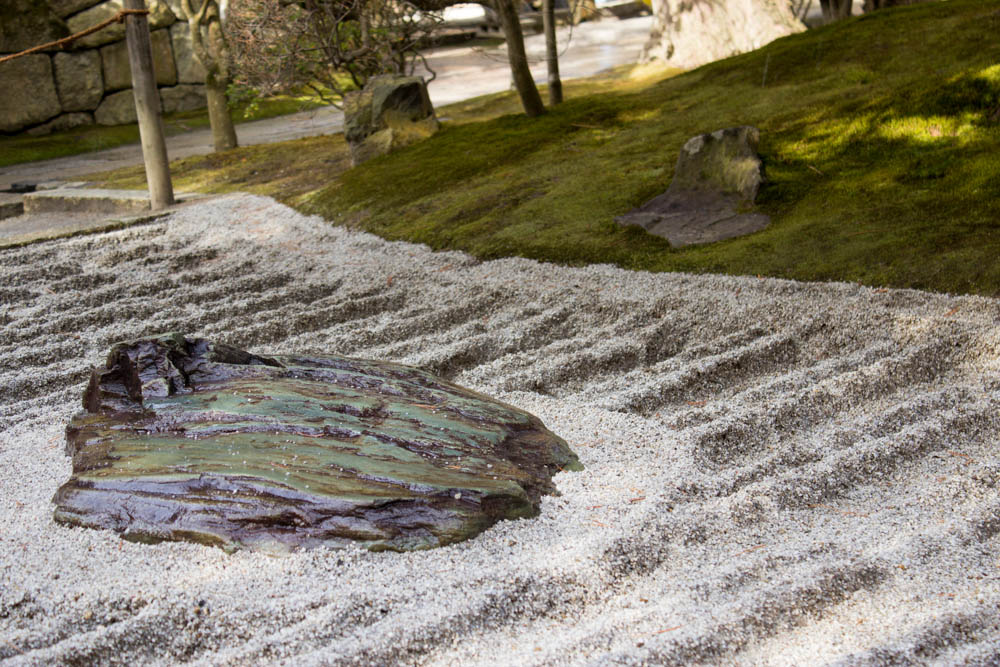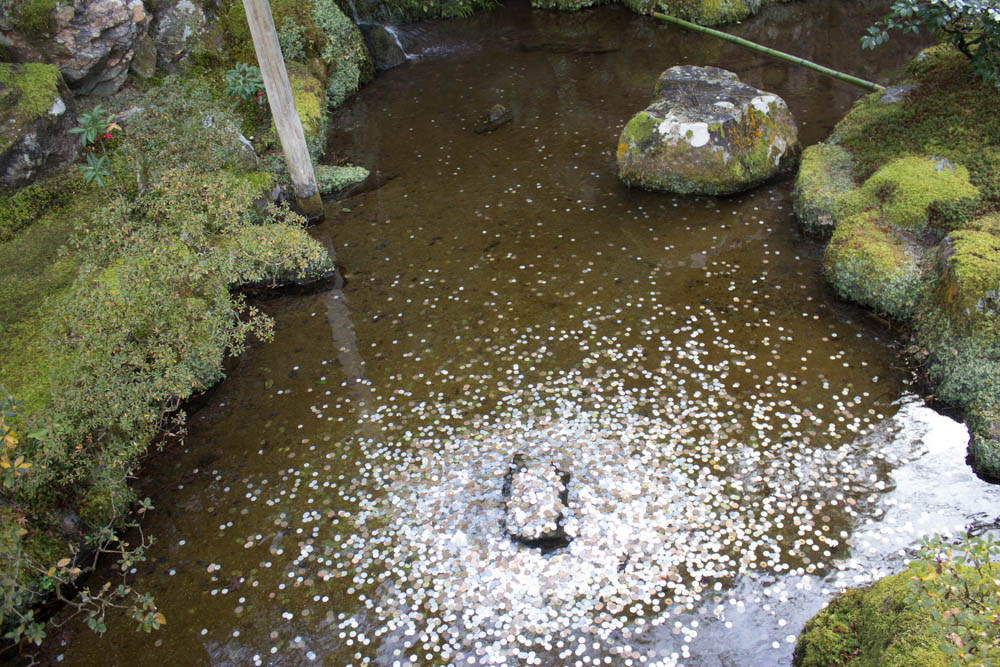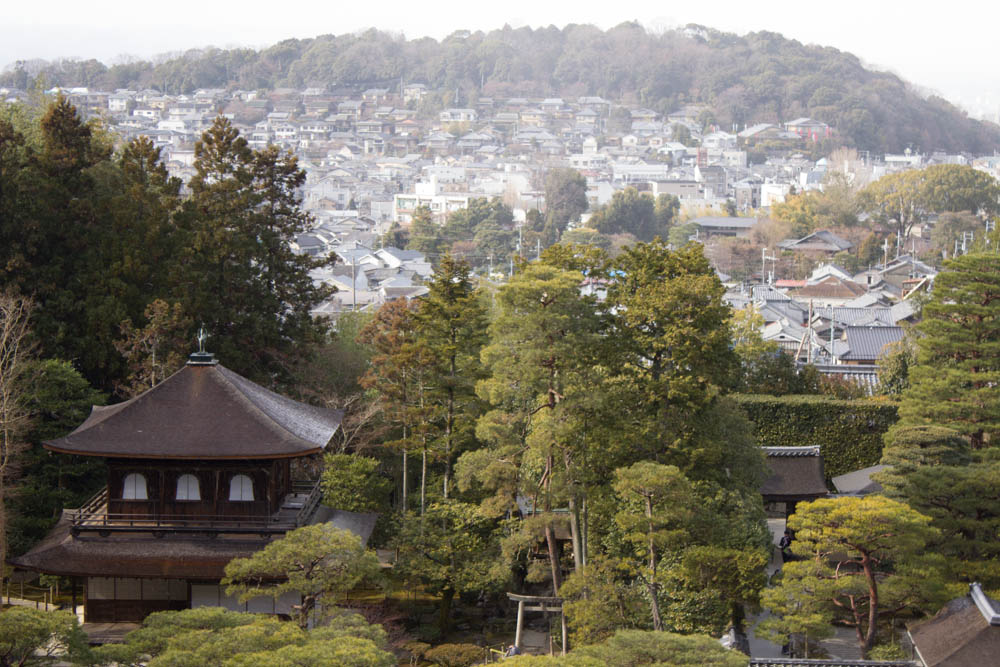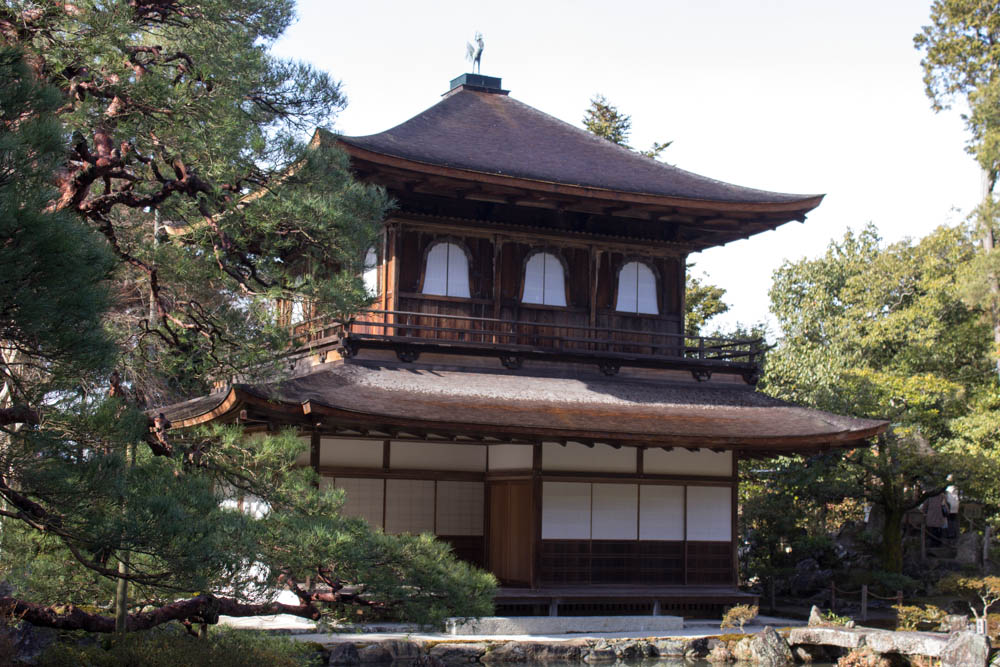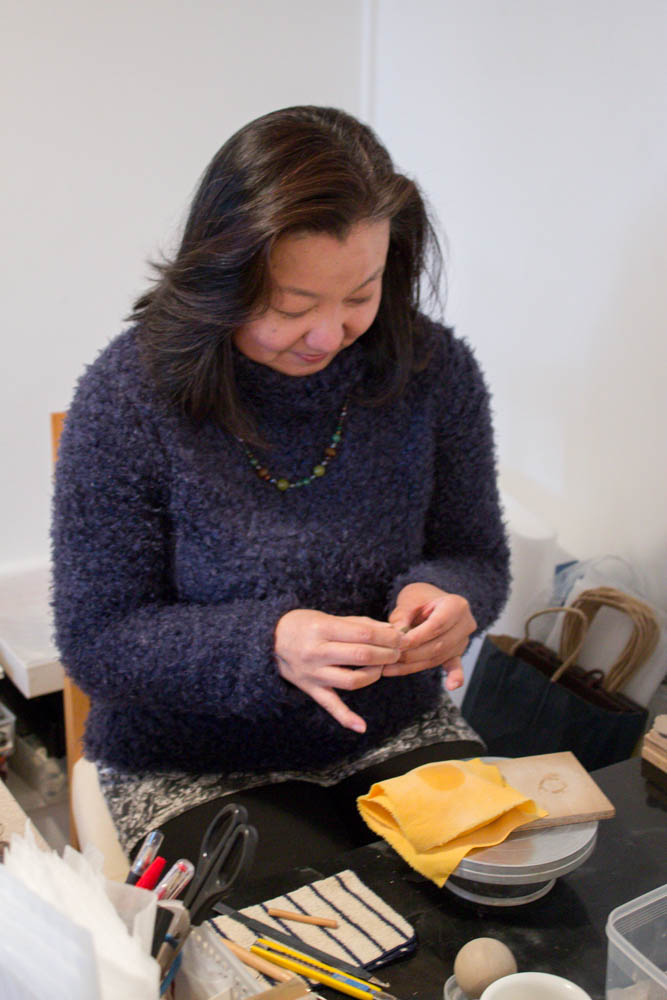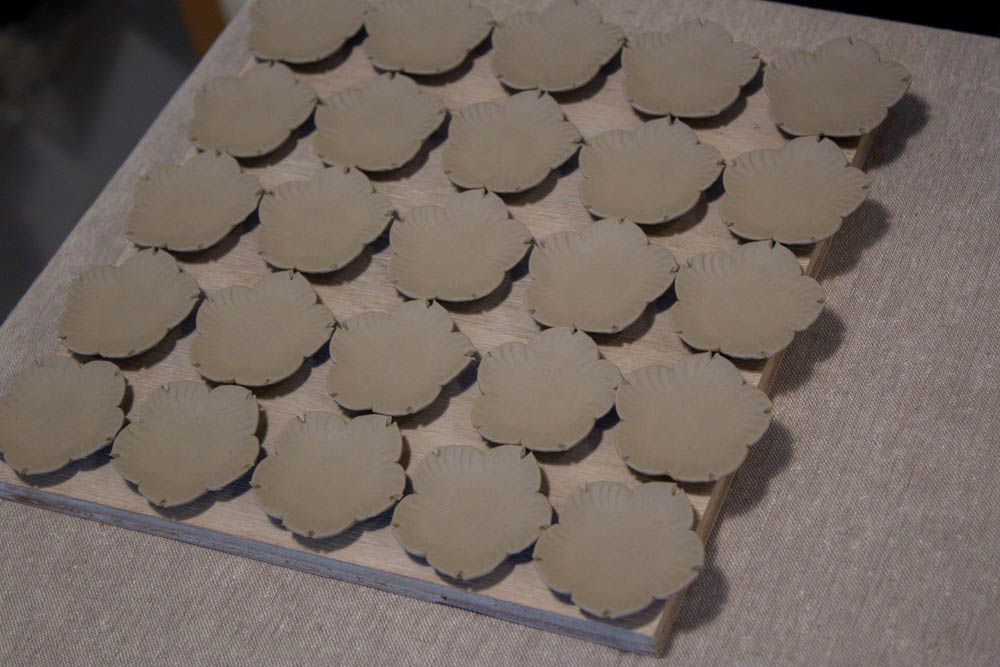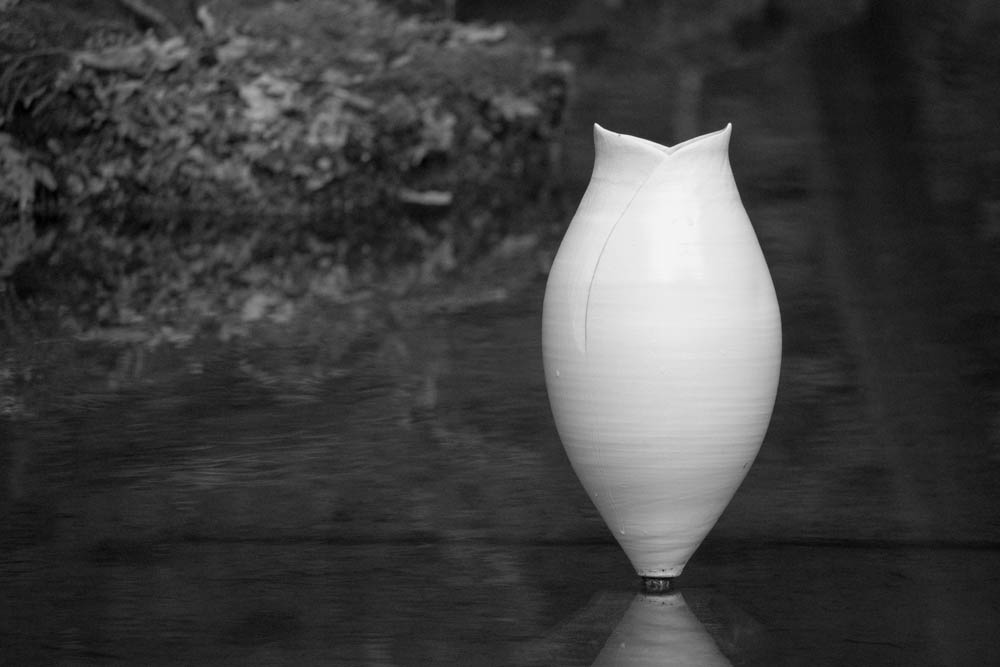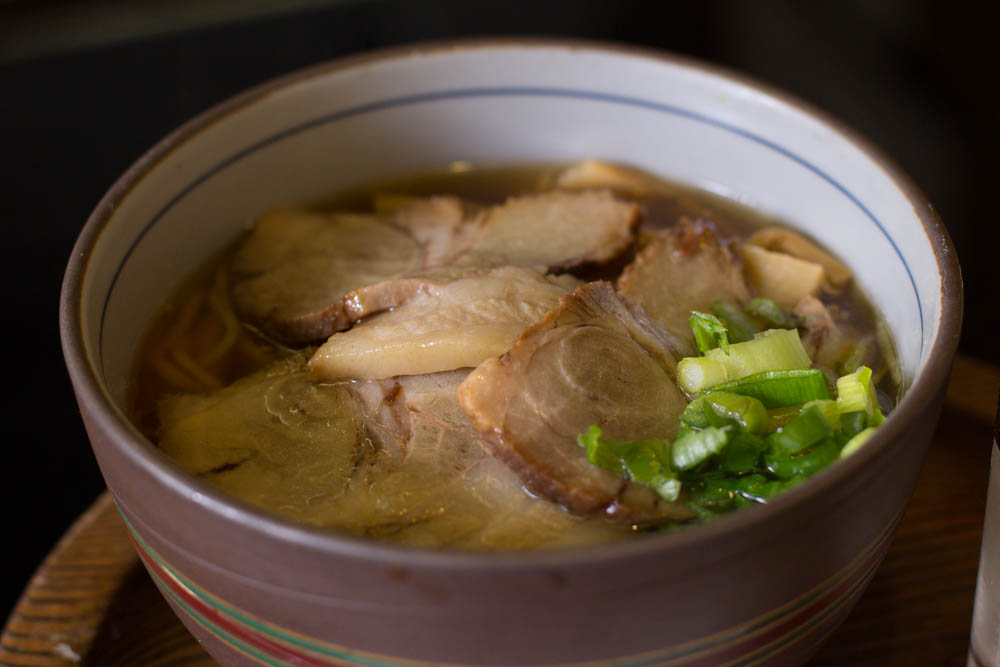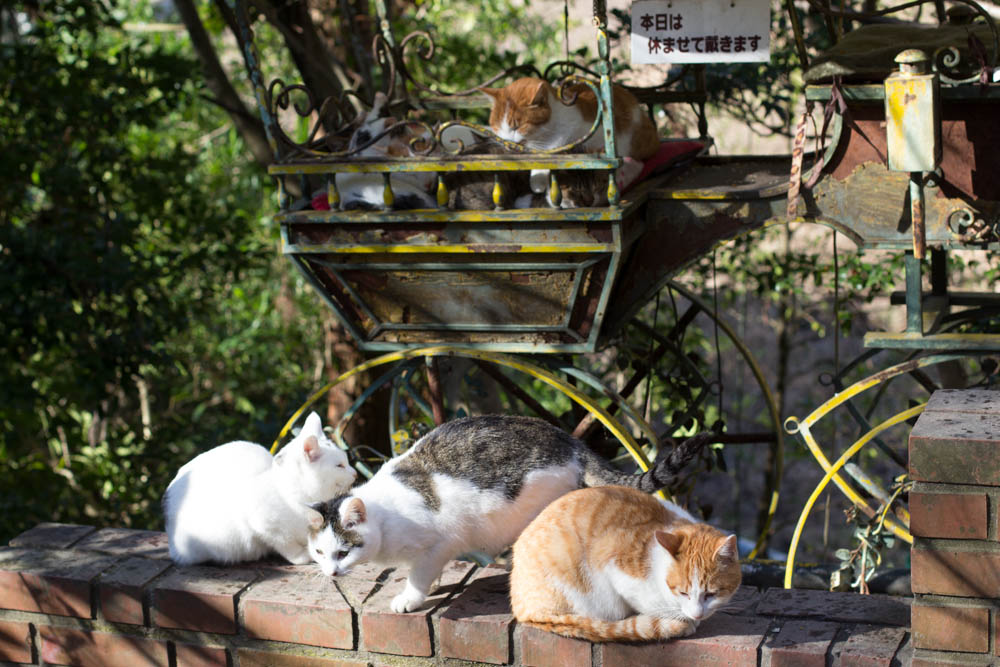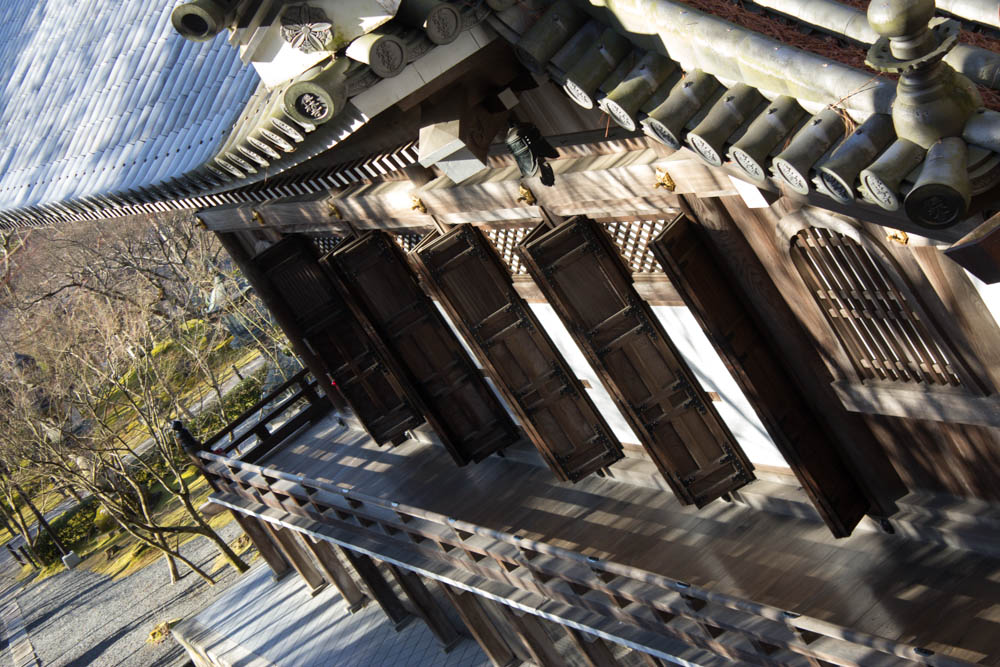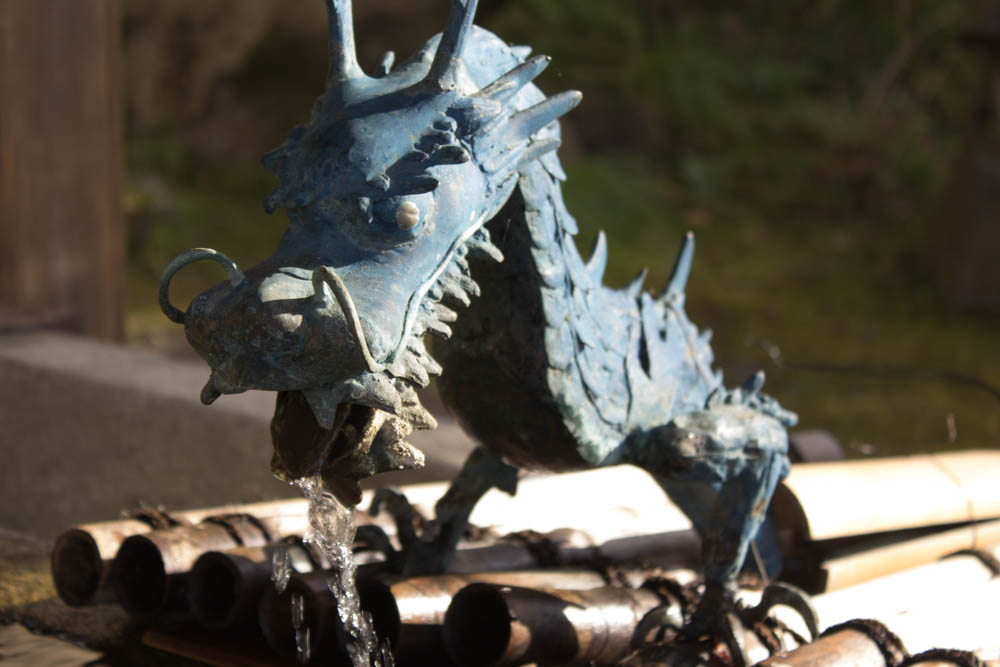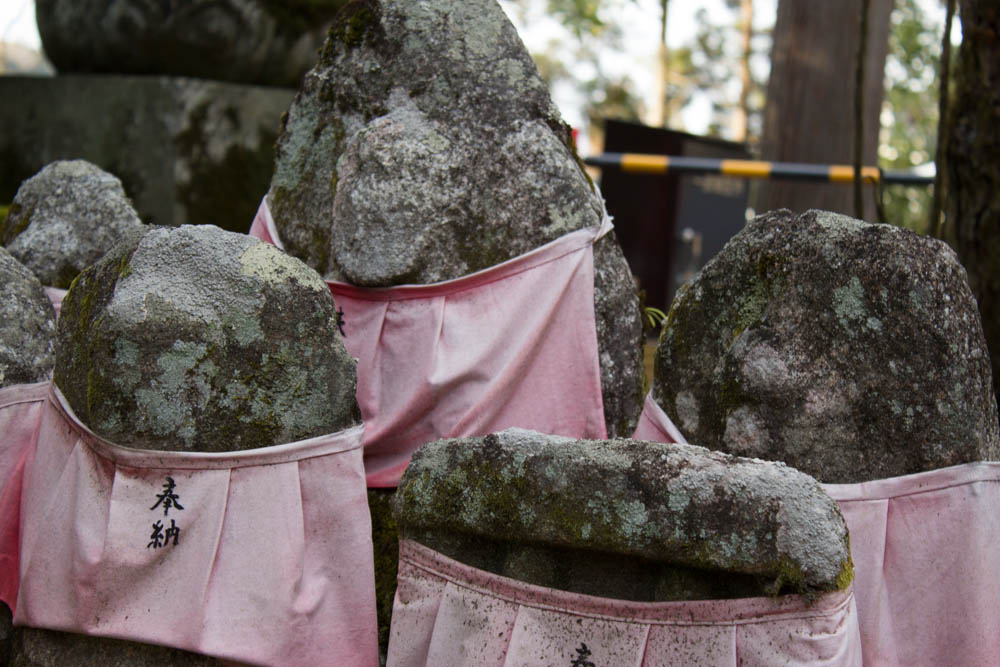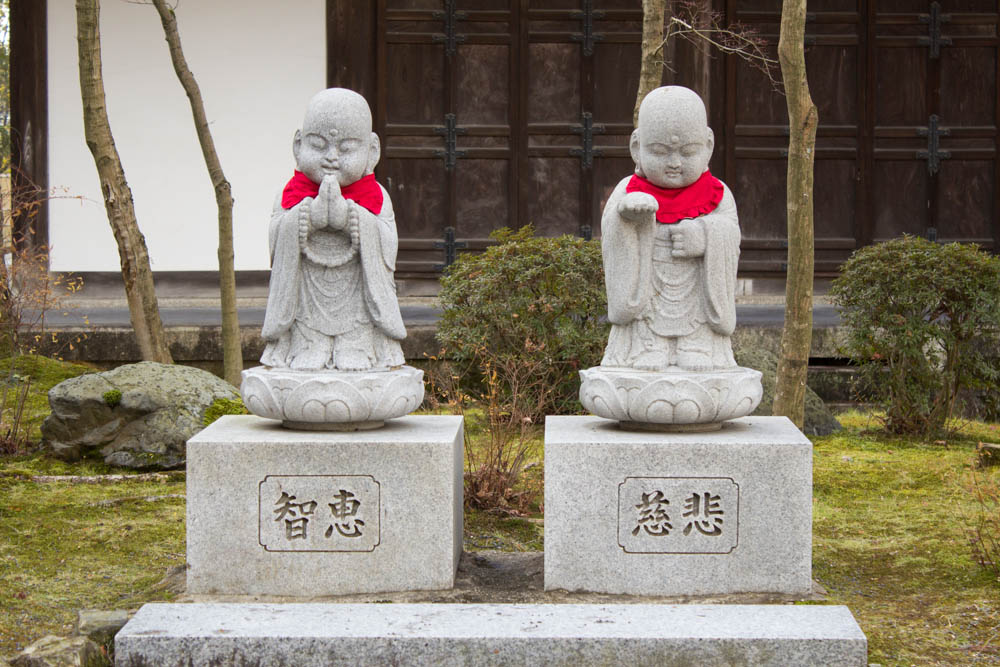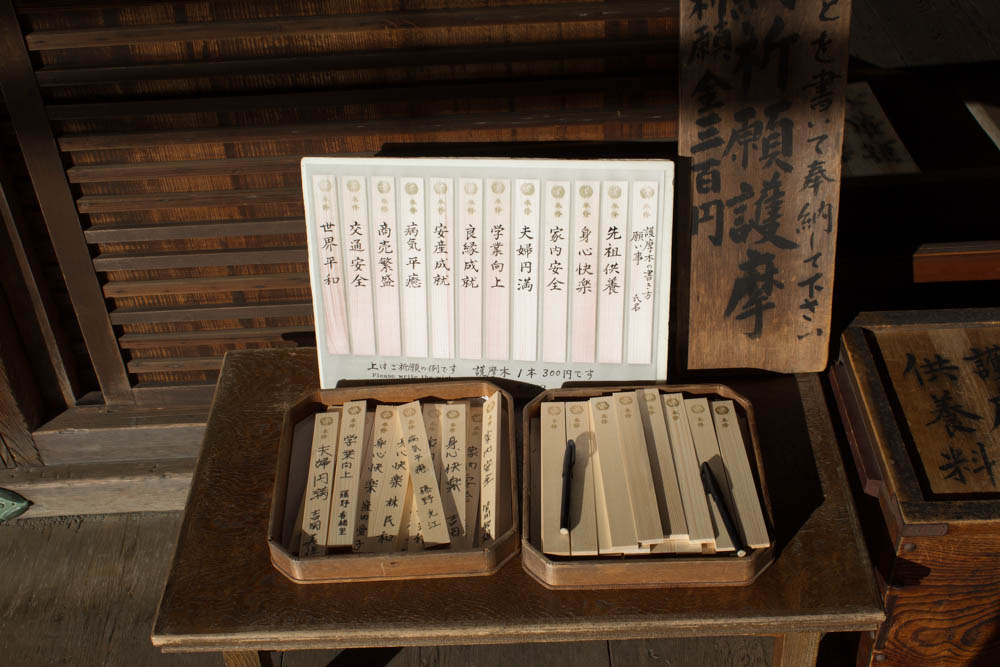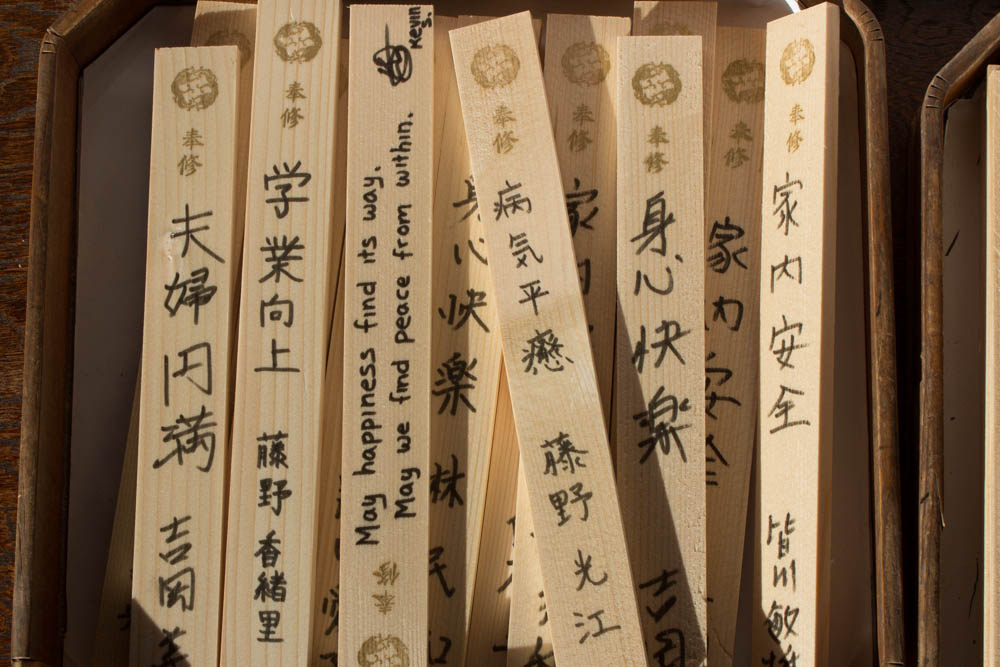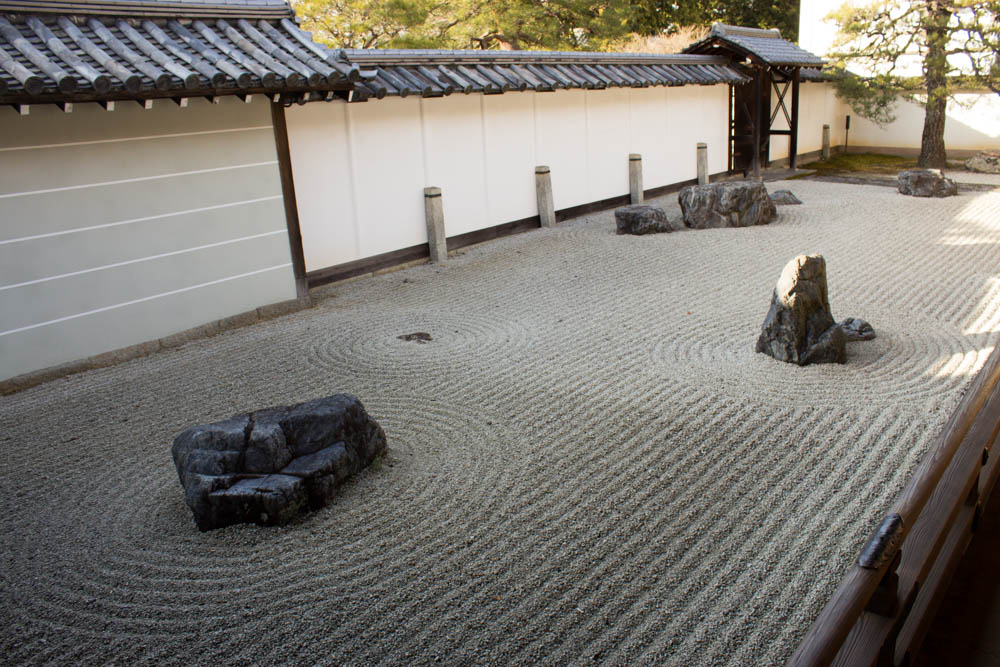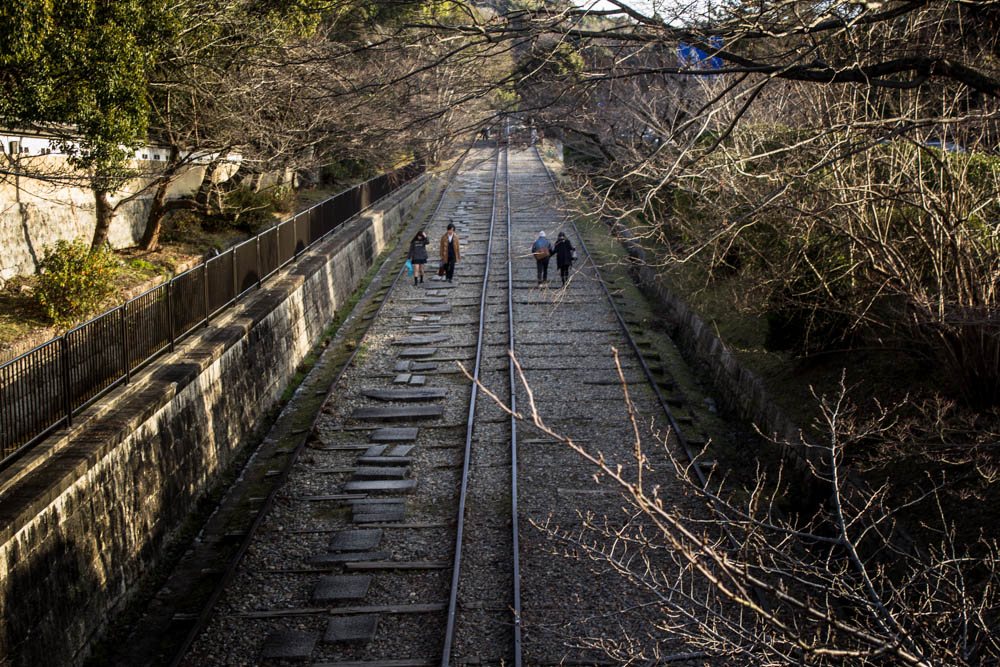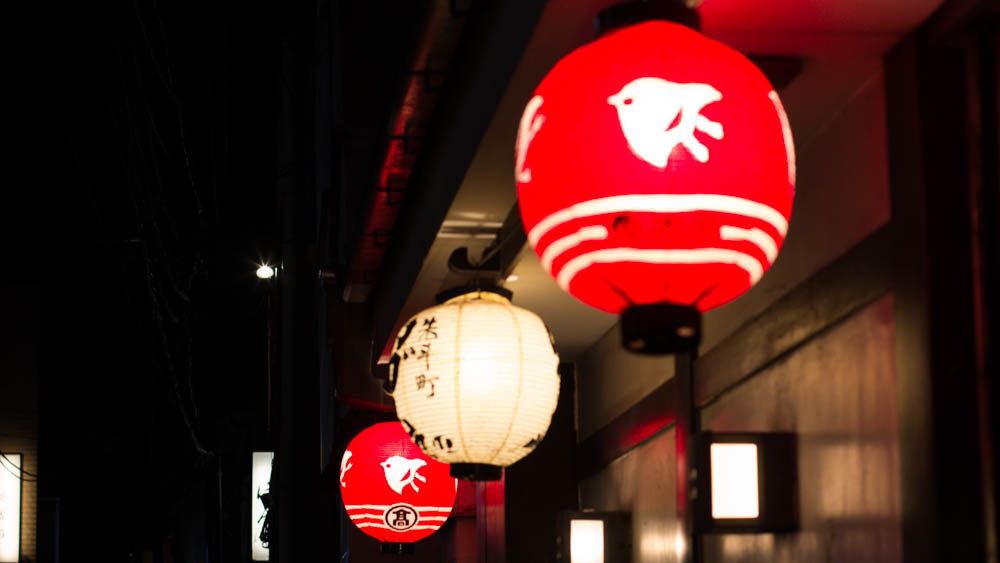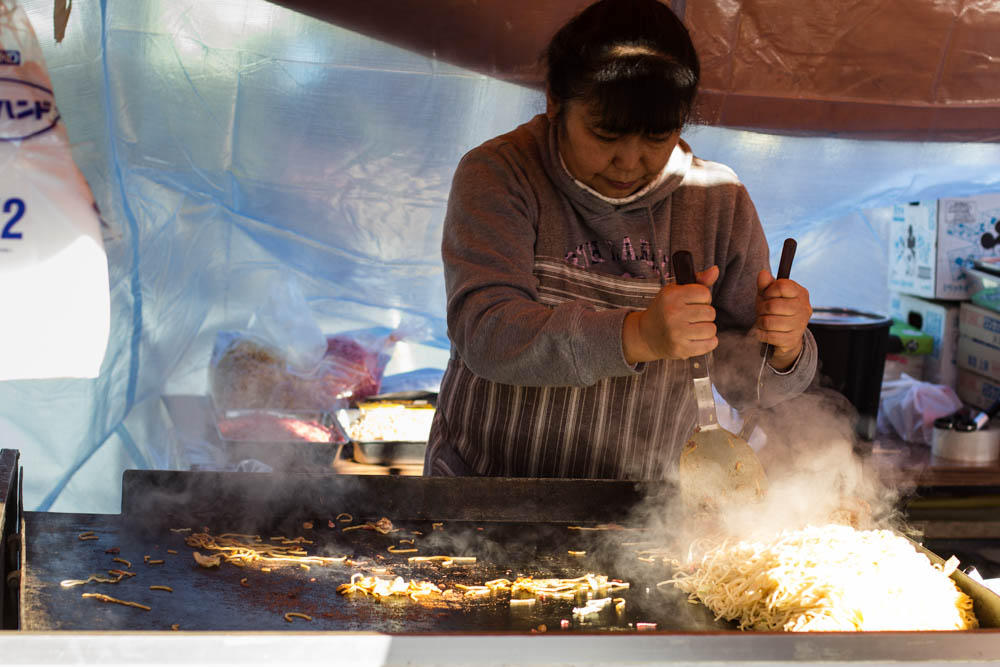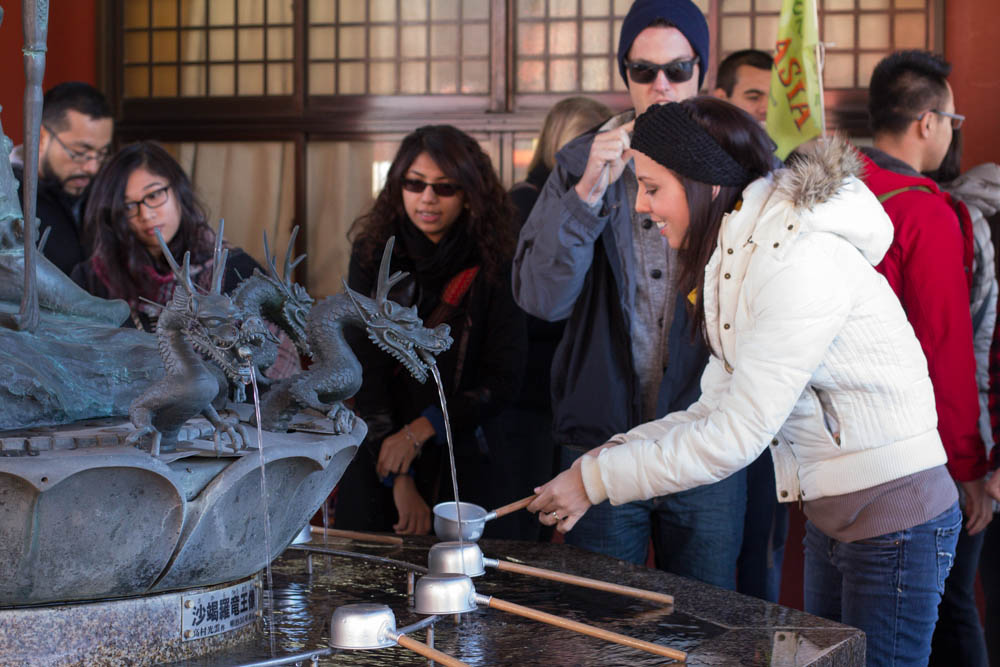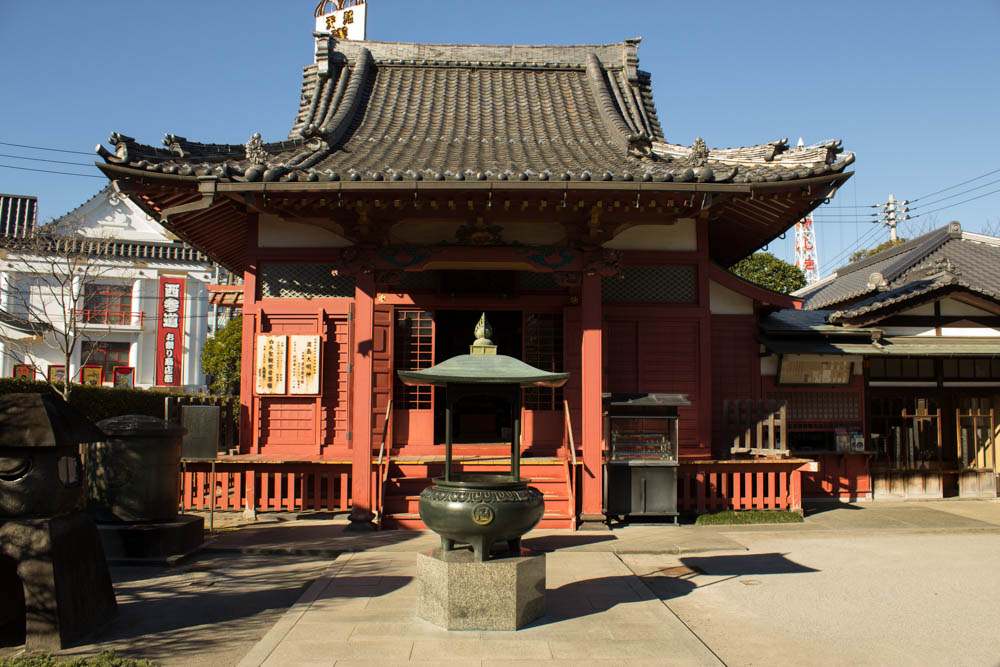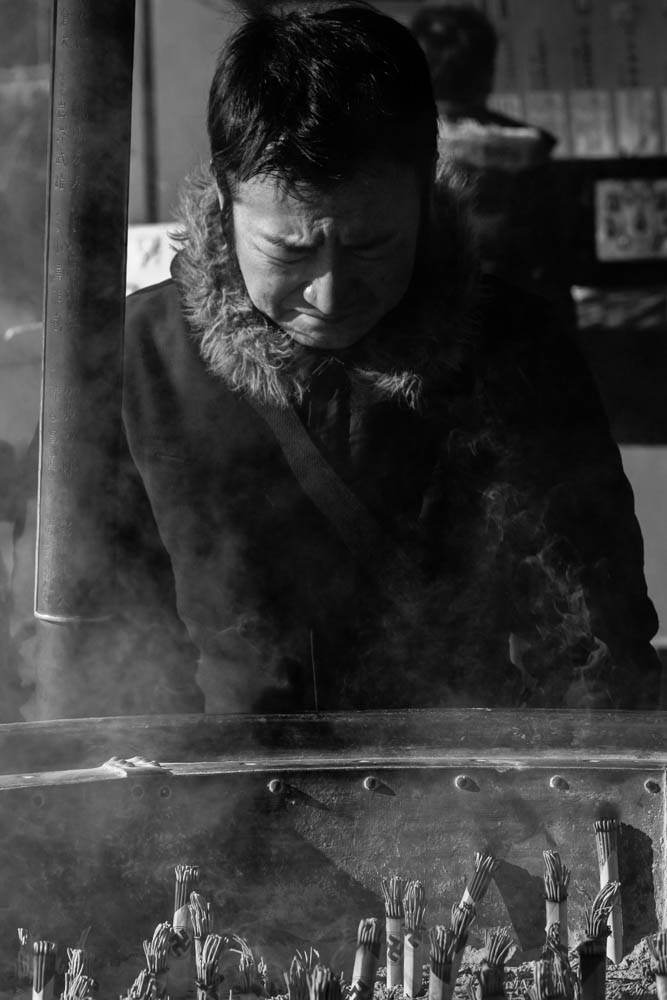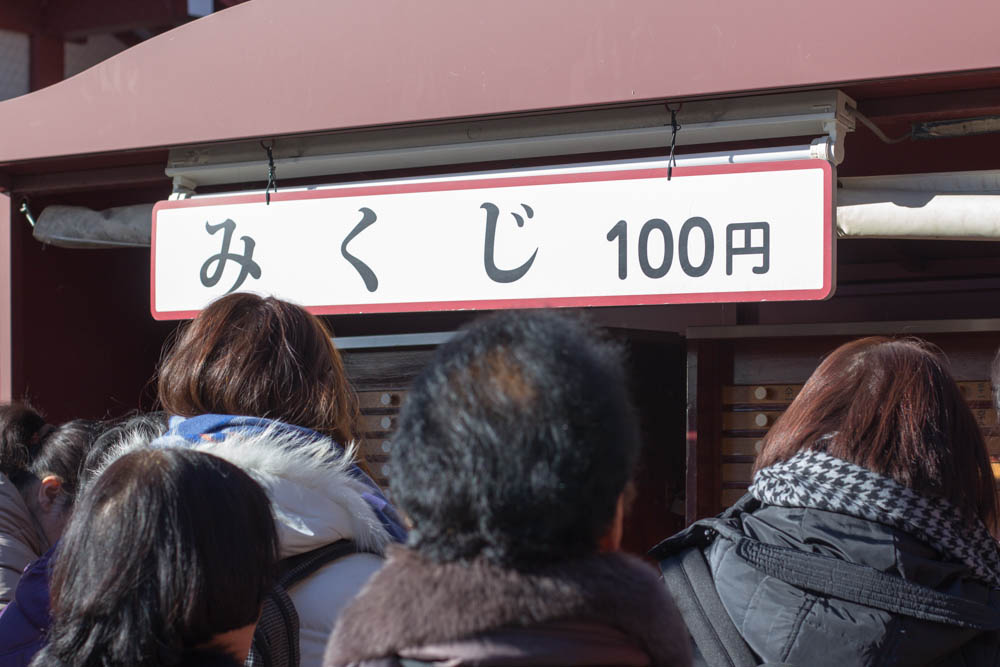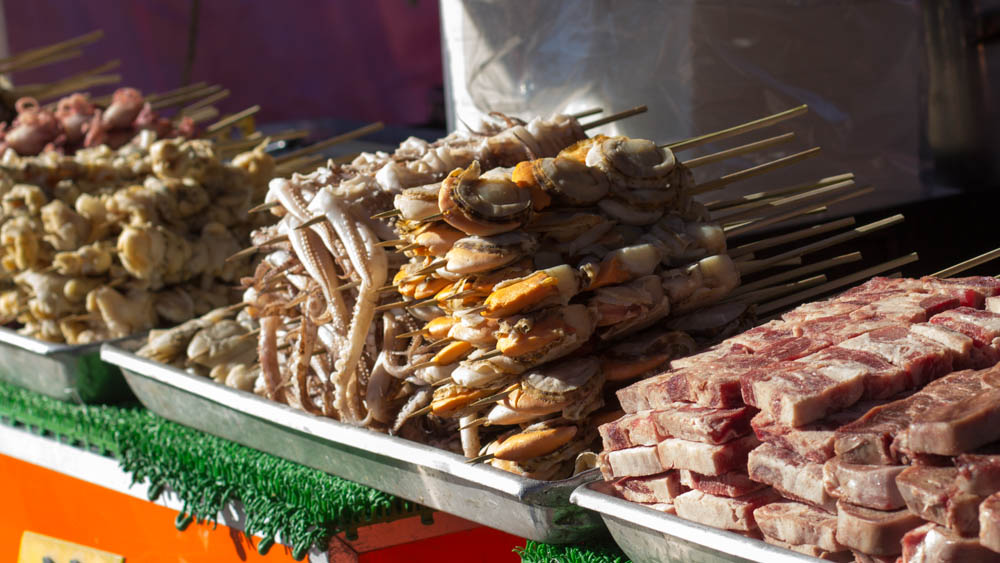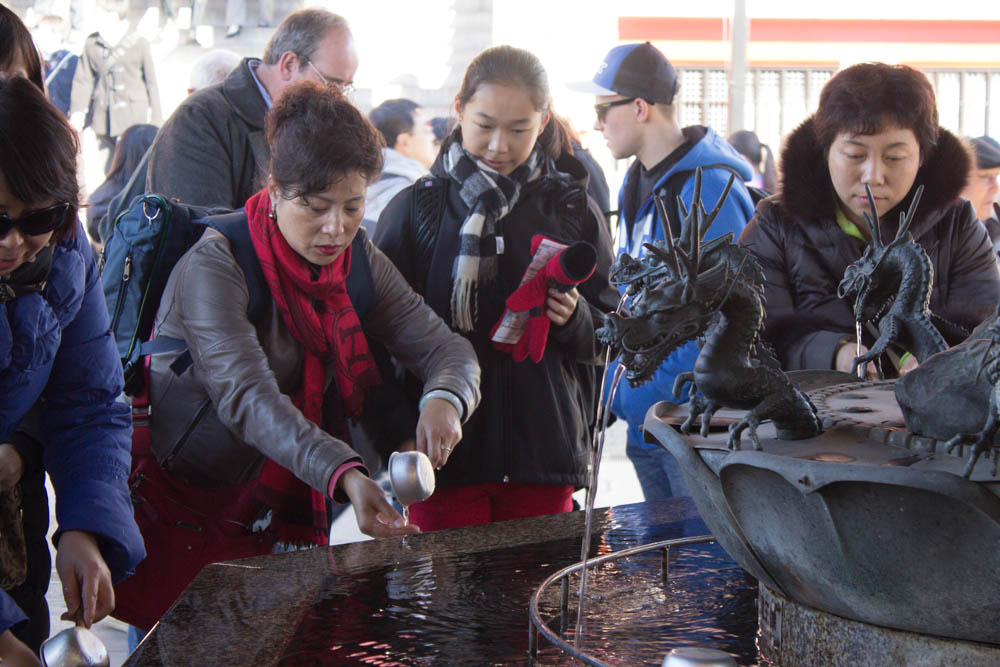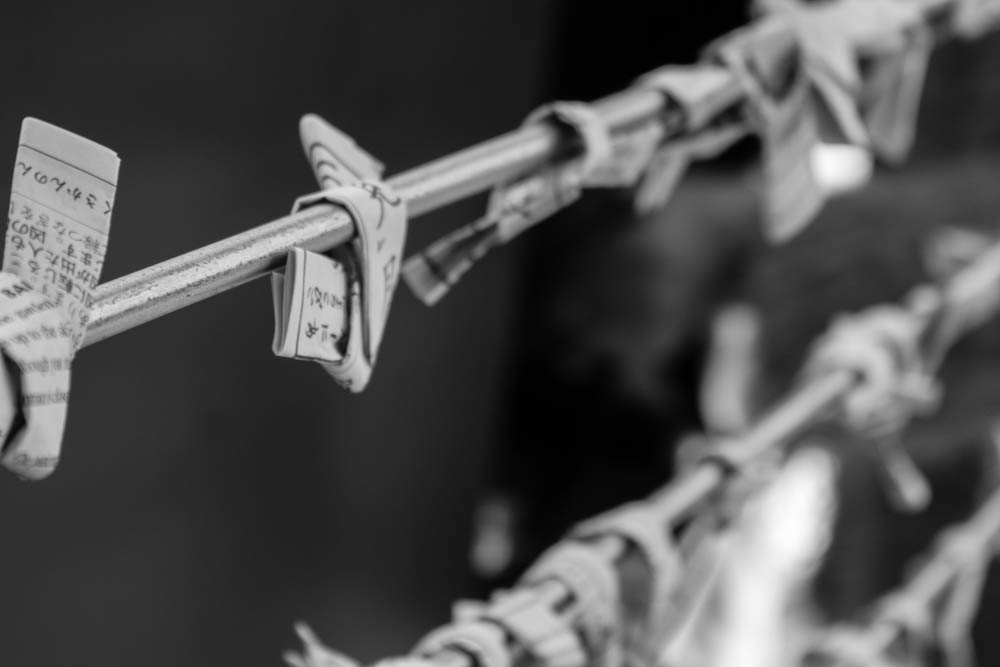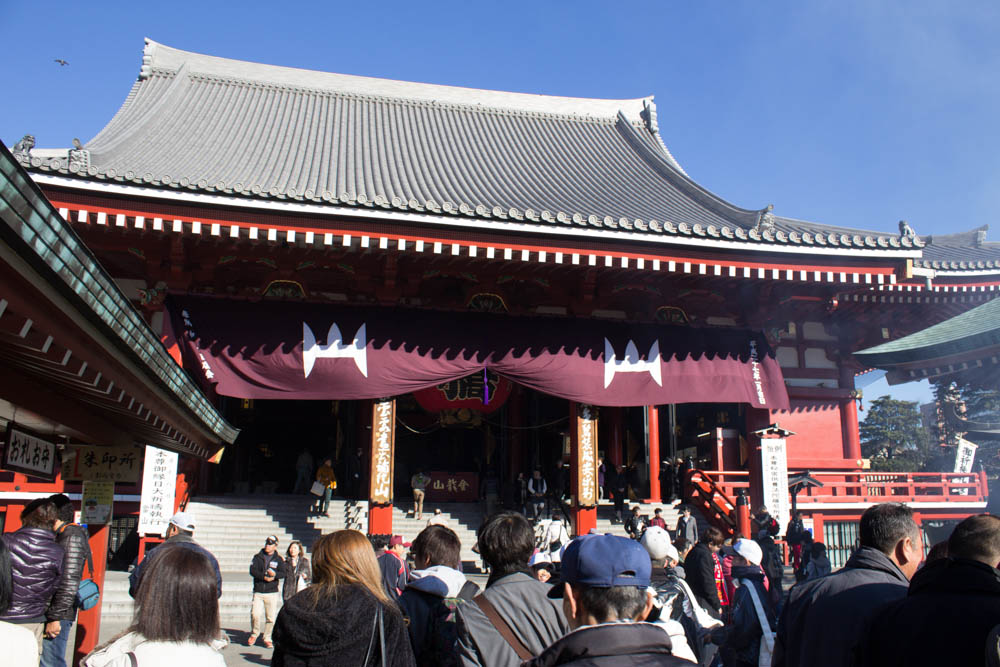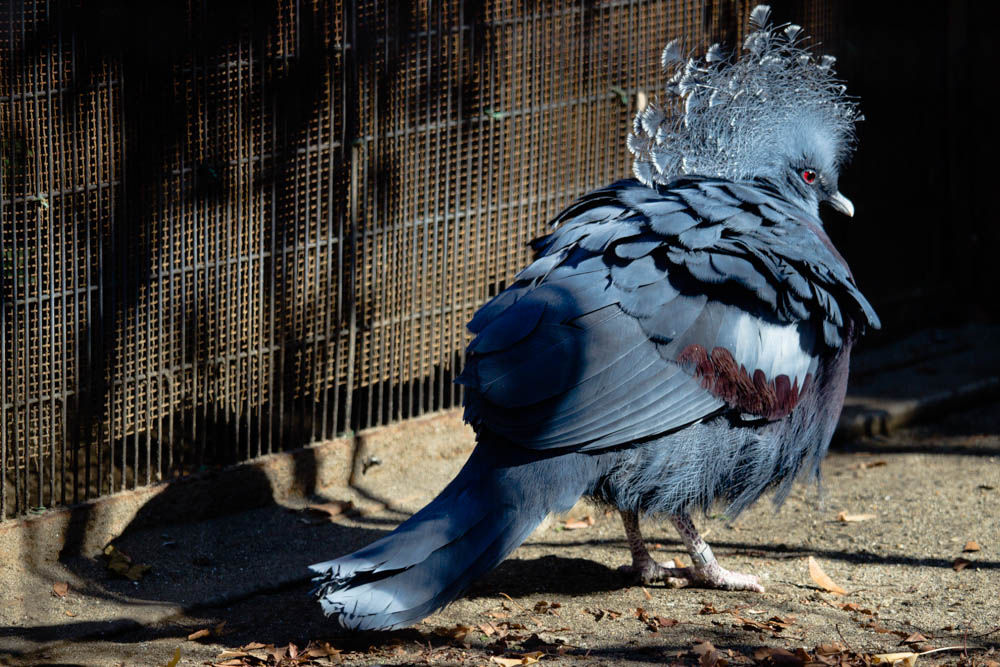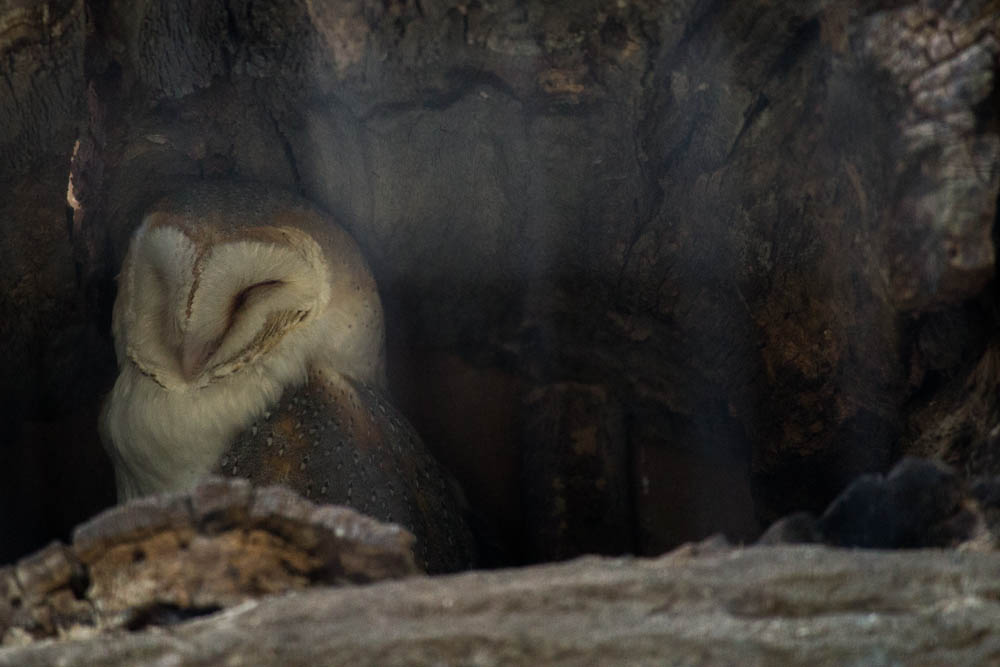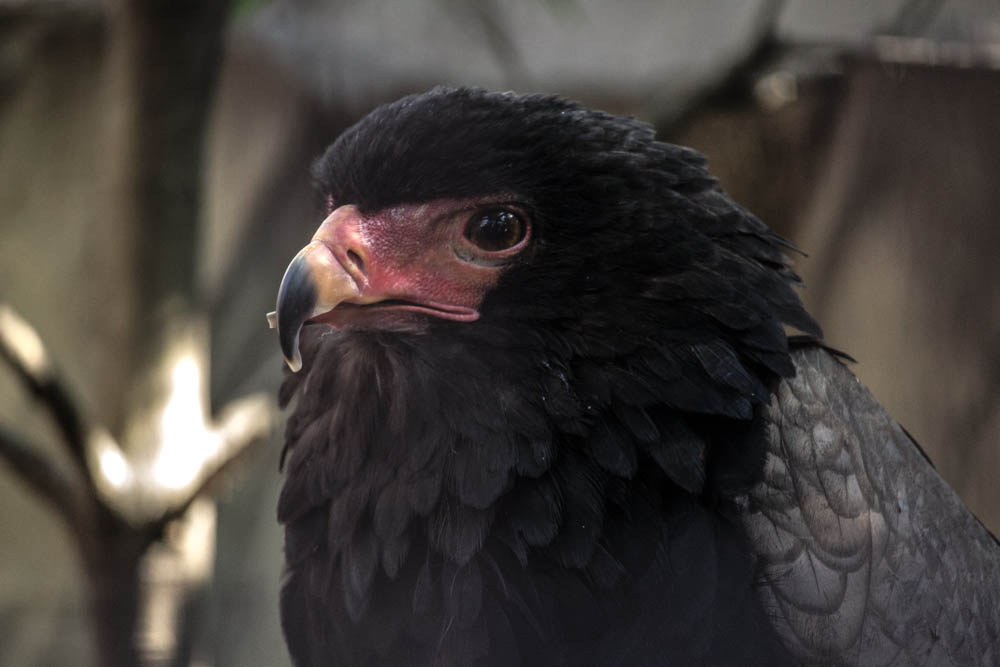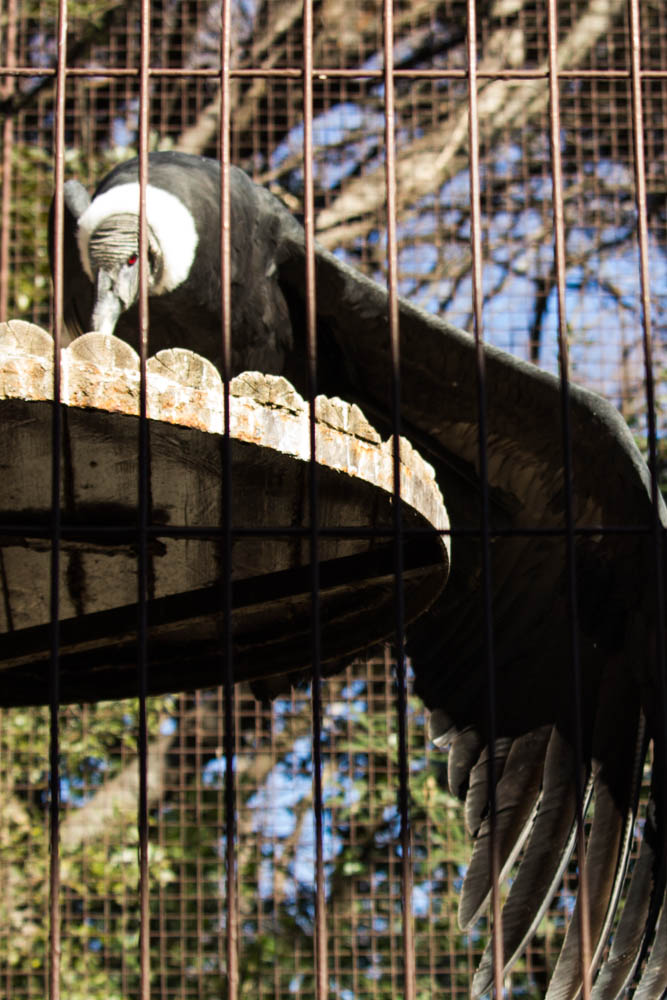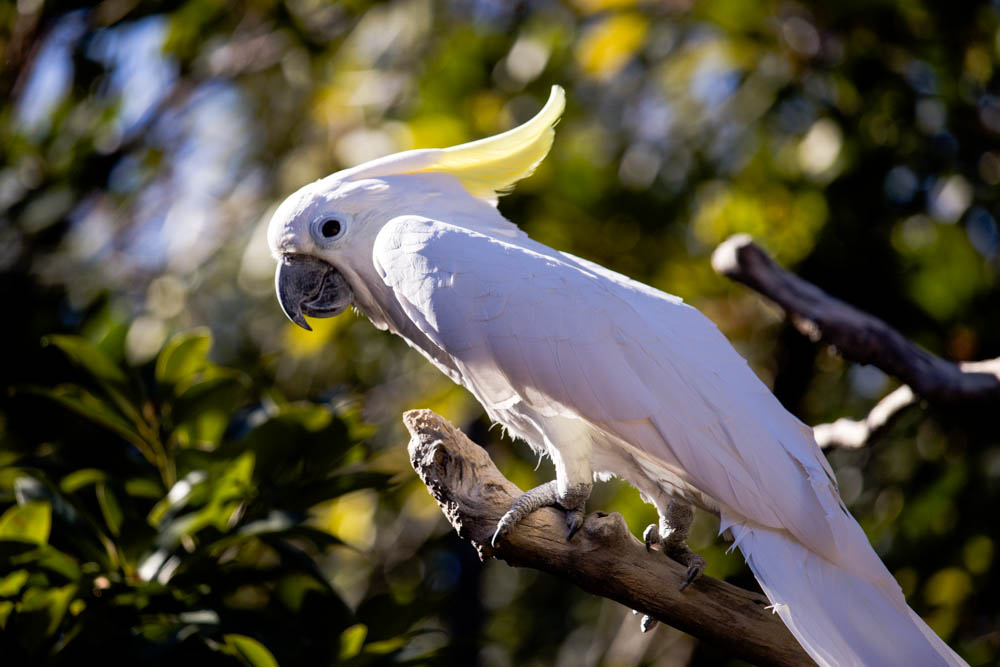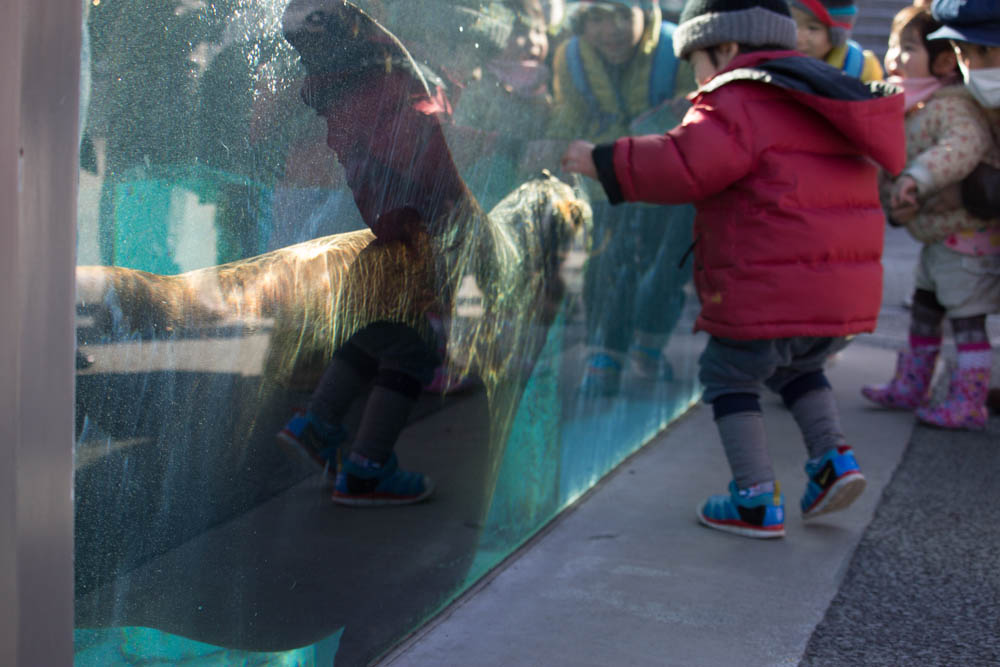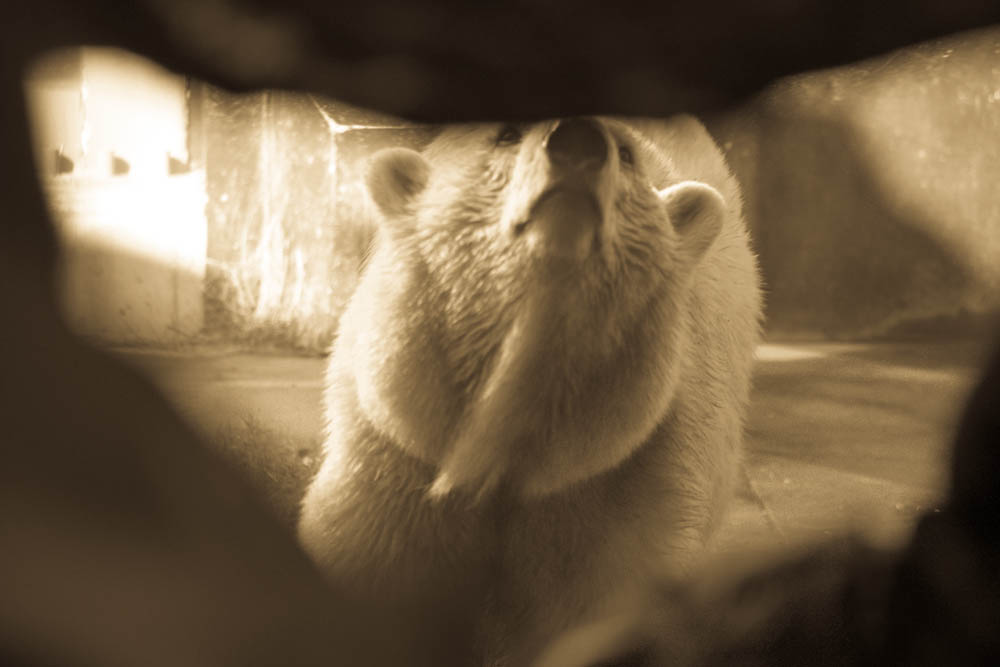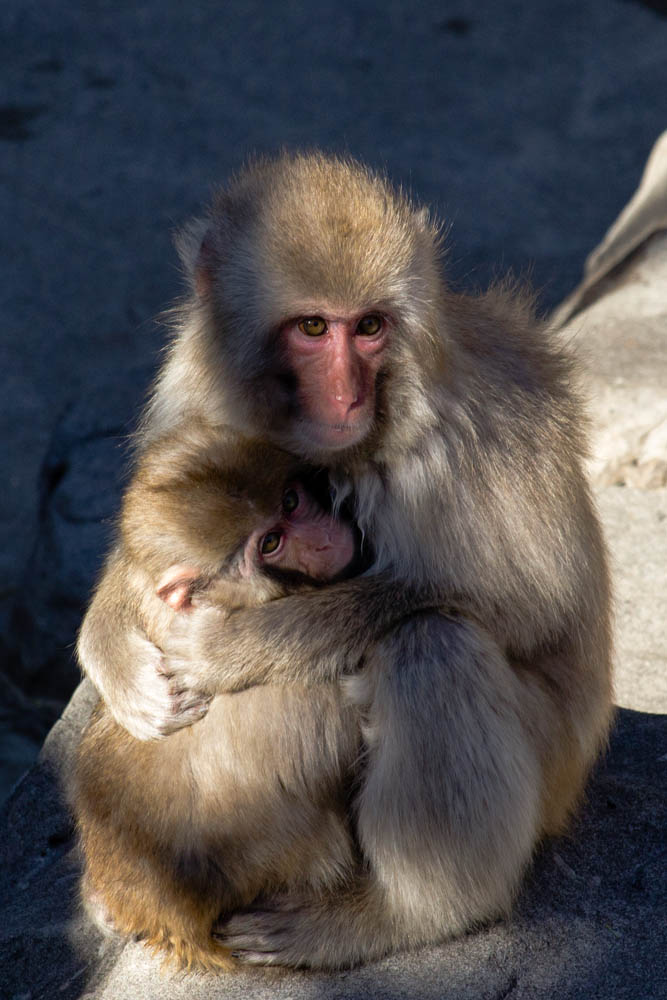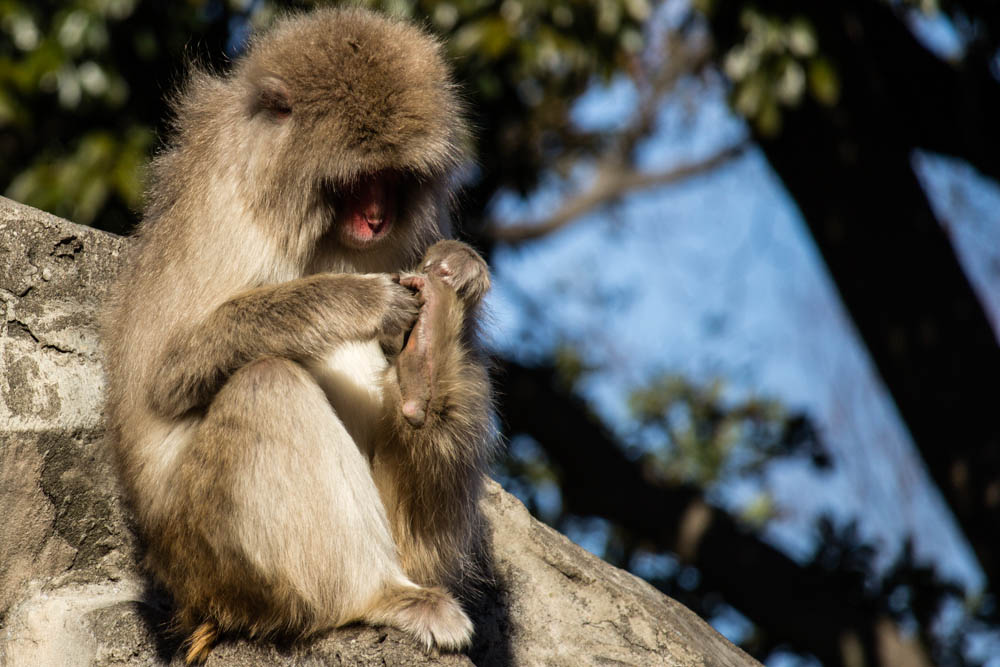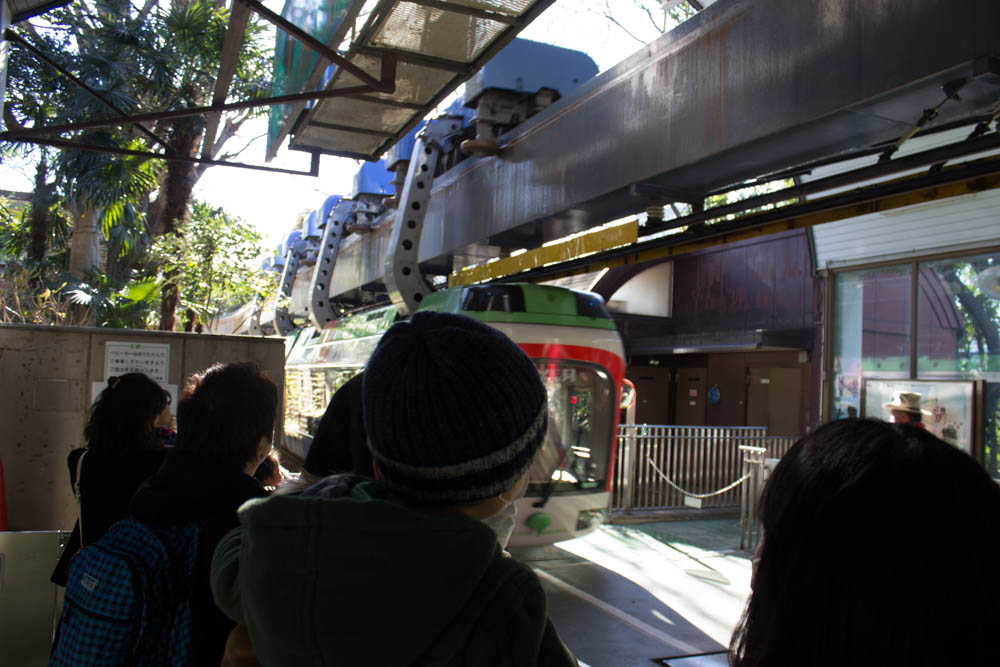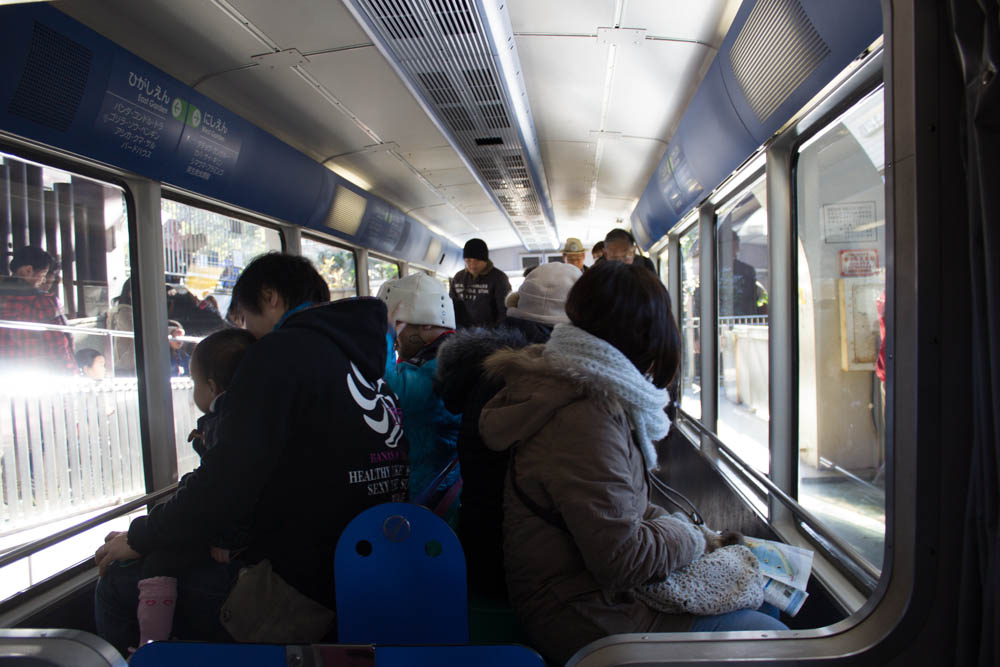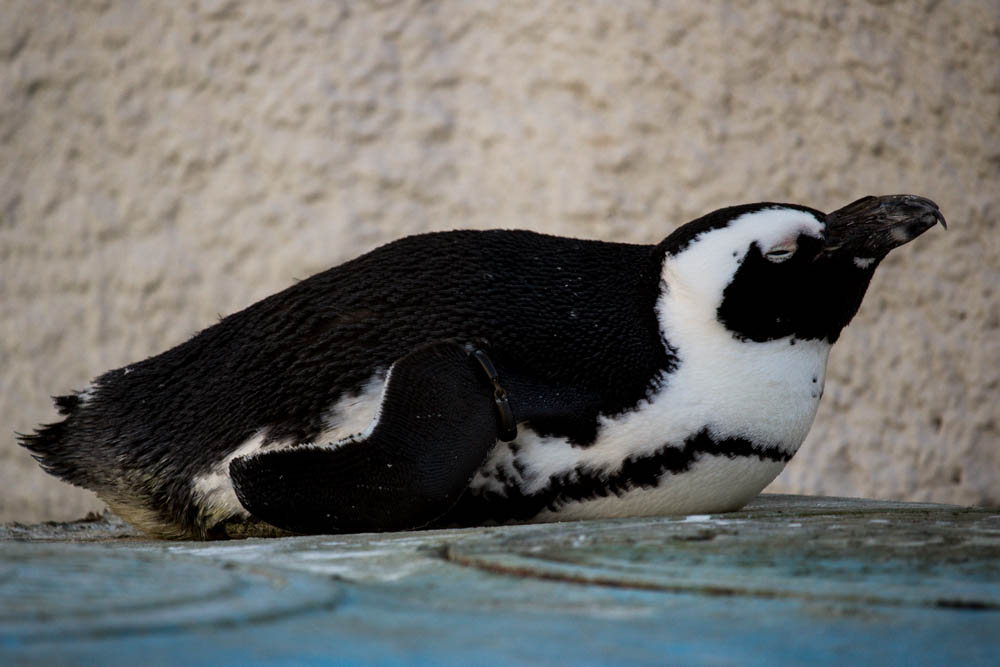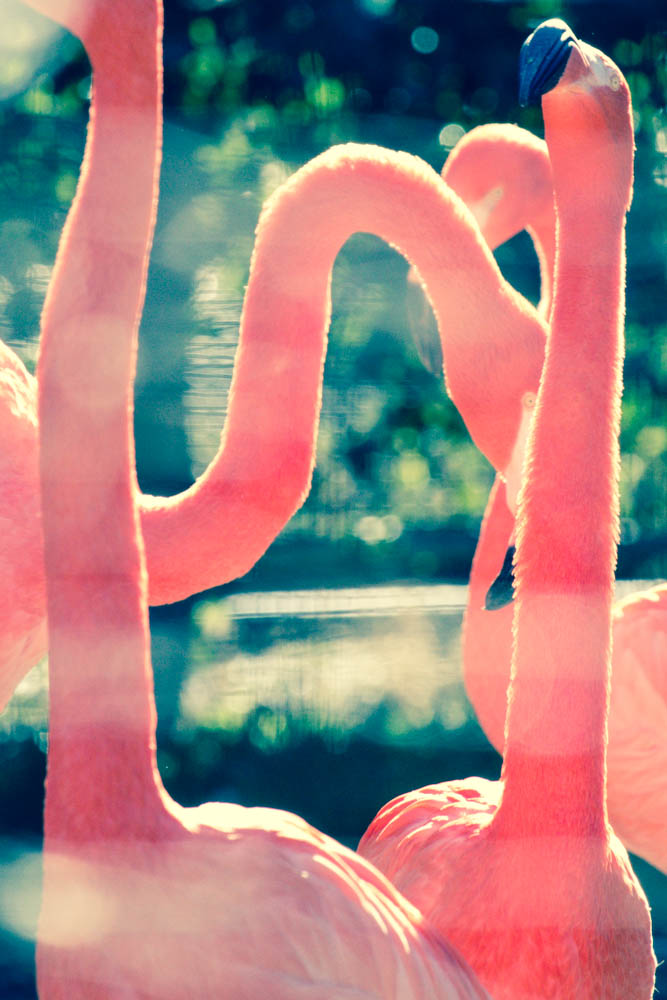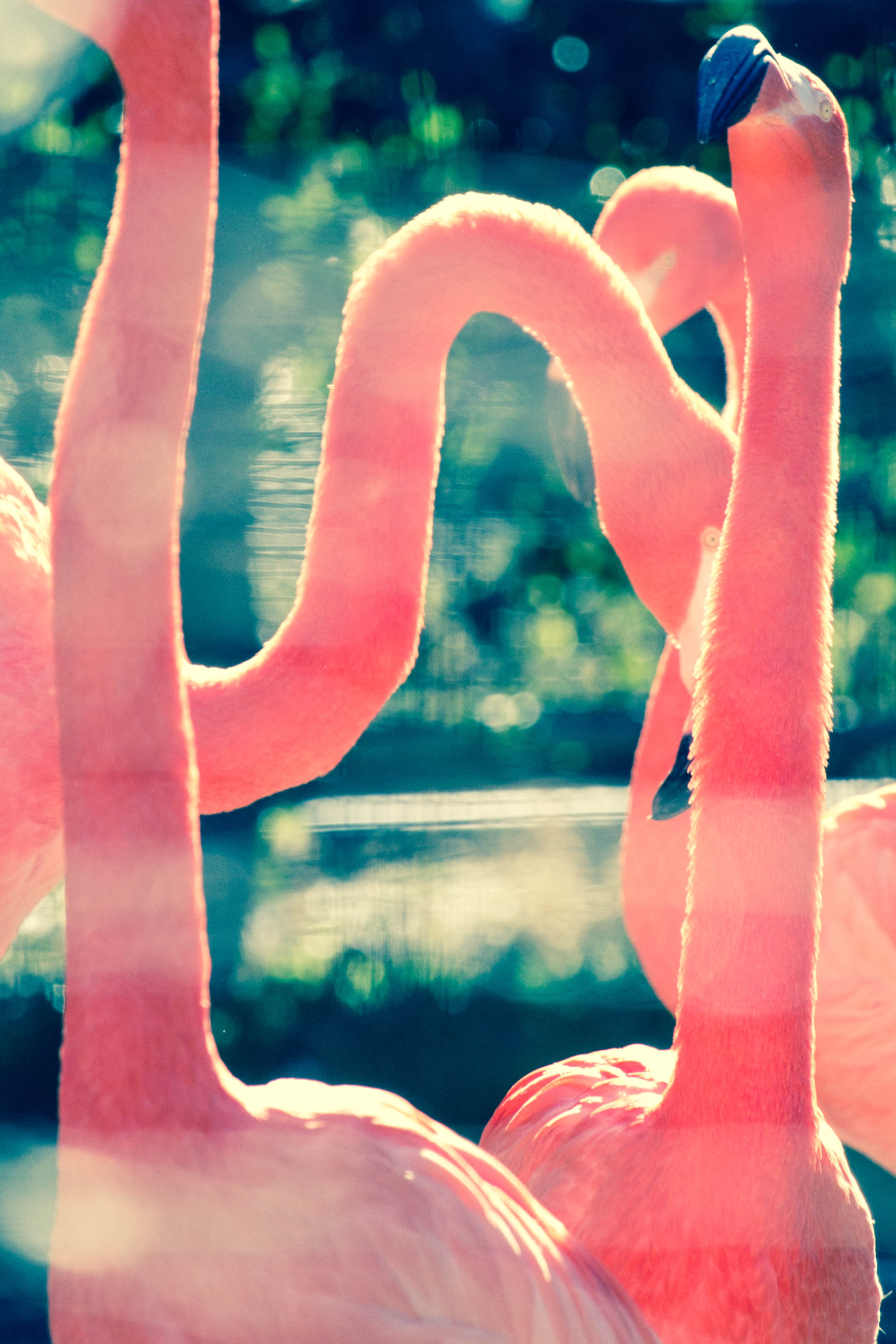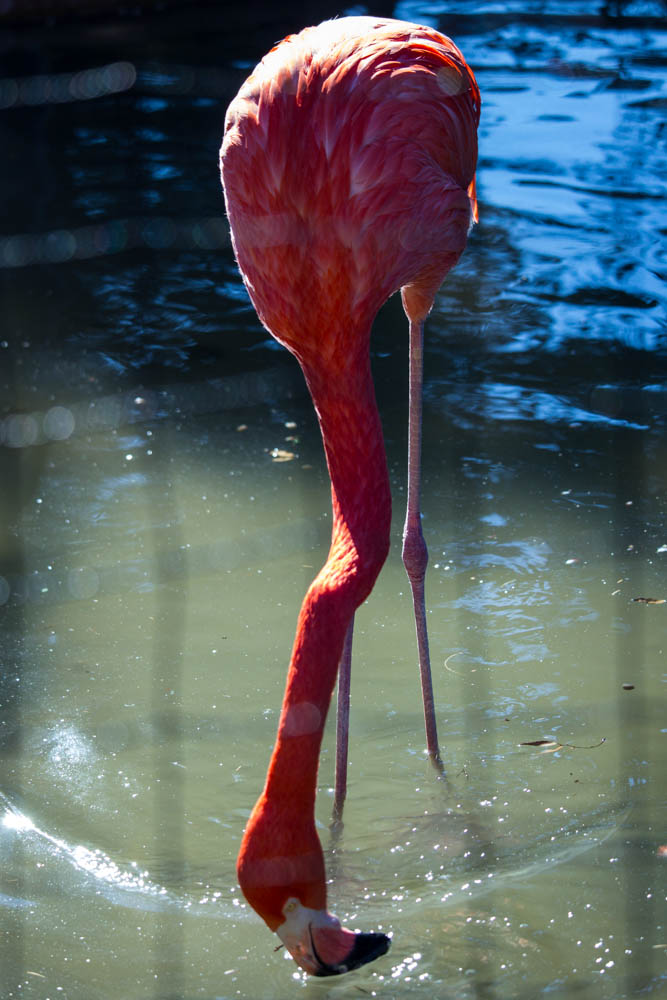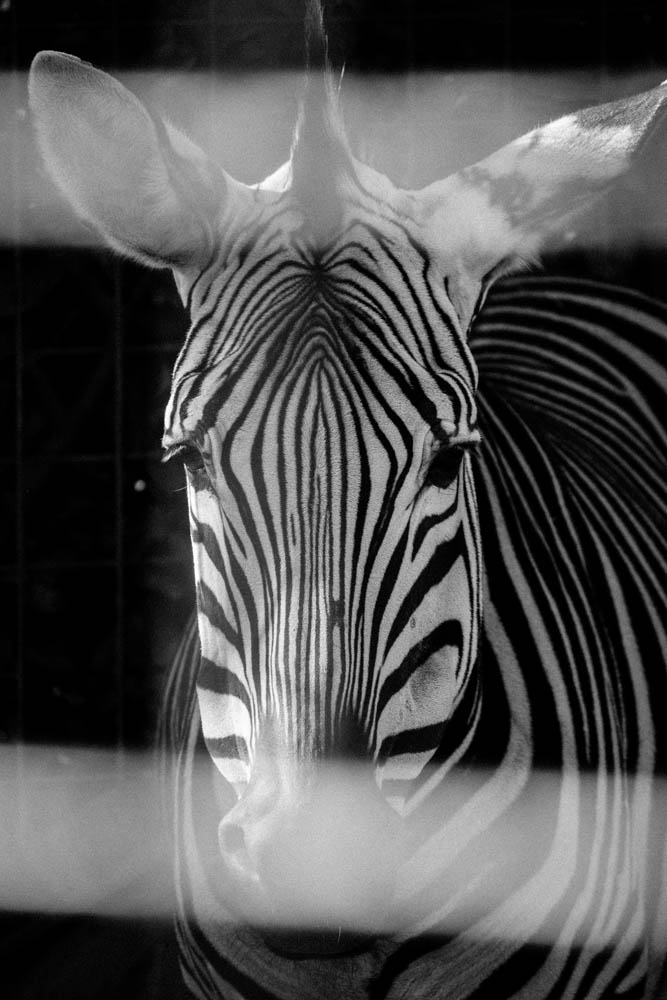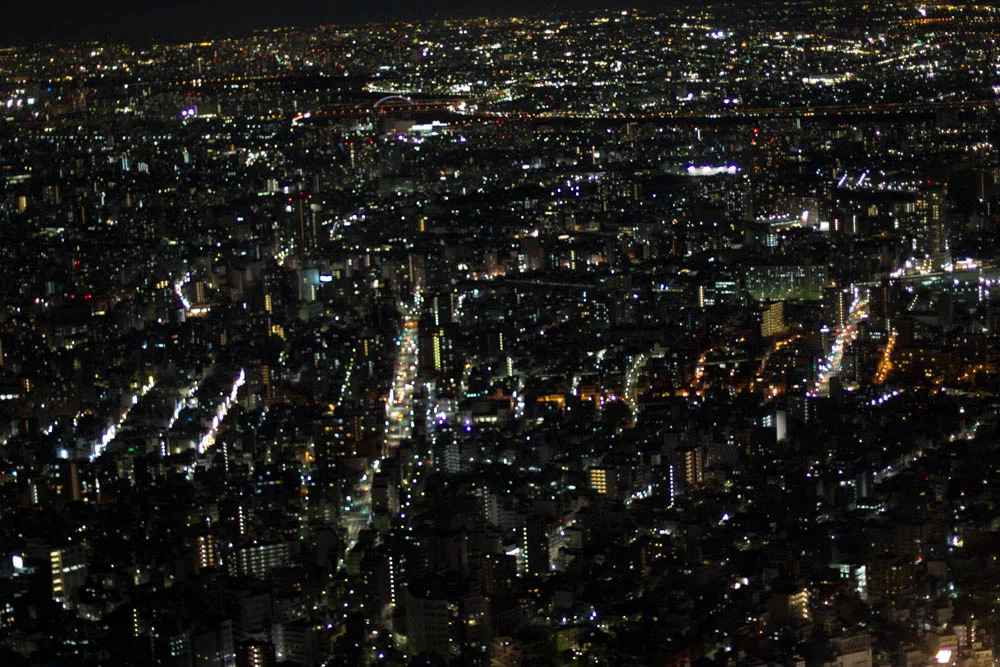***
I rode the shinkansen (bullet train) from Tokyo to Kyoto. It cost me about 100 dollars but being able to reach Kyoto within 2 hours on a 200mph train as opposed to a 9 hour overnight bus ride, was worth it.
Most of everything in Japan is automated, but customer service is still as present and better than any other place I've ever seen. At every ticket gate in the train stations, there are attendants to help you. There were also information centers and the like. For the shinkansen tickets, there were several booths. I tried to use the machine, but could not read all the kanji and had no idea what to press to get the English menu so I decided to wait in line to talk to a person to purchase my ticket.
The Customer Service Mask
There was a man in front of me talking to one of the customer service representatives. He looked like a standard businessman, donned with a suit. What he was talking about with the representative I wasn’t quite sure, but it sounded like a relatively calm conversation. But then all of the sudden, the man started to walk away from the counter. The attendant immediately raised his voice and called out to the man, but his cry was met with a shockingly angry and loud: “うるさい” urusai! or “Shut up!” The man in the suit didn't even turn around or flinch, and just continued to leave the area. The attendee looked flustered, but the grimace on his face disappeared within less than five seconds. As if by magic, the attendant looked calm again, smiled and raised his hand: “Hi! The next person in line please step forward. Thank you so much for waiting. How may I help you today?”
It was quite strange to see the abrupt change in tone. Even I was still slightly on edge after the man in the suit screamed out. But it was clear that the attendant would not let a small blip of negative interaction affect his work or attitude. Customer service was kept at a high consistent standard. I didn’t know what to make of it. In the United States, I could only imagine the attendant at this point would still be angry about the situation to the point where he would bring it up in conversation with the next person in line.
Customer Service Standard
The quality of customer service in the United States is usually dependent on the person. And with it, is the mandatory 15%+ tipping rule. In Japan, the quality of customer service is not dependent on the individual, and there is no tipping. There seems to be a standard or policy in place that is met without exception. This is probably reinforced by the notion that politeness is practically mandatory in Japan. Every single experience with any form of customer service has been the same for me here, from ticket booth attendants, clerks, servers to store greeters – they were all polite, calm, courteous, and always delivered their messages with a smile. They all say the same Japanese phrases, with the highest form of politeness.
As to whether or not this politeness is forced, conditioned, or genuine is hard to say—but it is definitely expected. I do think it can be at times excessive, but I have never had a single bad customer service experience here and that counts for something.
***
The Dead Stare
As I was waiting for the shinkansen, everyone was waiting in line, facing toward where the tracks were. I lugged my suitcase next to this girl who was on her smartphone and waited. Then she slightly turned her head, and gave me the strangest look. She continued to give me weird looks as I continued to wait. Did I... do something wrong? Is she curious because I have a large suitcase with me? Do I look like a foreigner? My thoughts ended as the shinkansen arrived. Everyone then abruptly faced toward me, forming a clear line where I was the first one in front. It turns out, I had unknowingly cut everyone in the line -- that's why the girl was giving me the nastiest look. Oops! I quickly proceeded to move to the back of the line. How embarrassing.
Shinkansen Experience
The shinkansen is spacious, clean, and has several toilets and washroom cubicles. It was quite a nice ride. I wasn’t sure where to put my suitcase when I boarded, but saw other suitcases at the very back row so I did the same. After looking up shinkansen etiquette rules on my smartphone, tt turns out this was incorrect, as the space was left there for when people turn their chairs around to form a group seating arrangement. Oops!
There were servers going down the aisle every half hour selling drinks, sandwiches and sweets. The seats came equipped with tray tables. The ride was also very smooth.
AirBnB Stay




